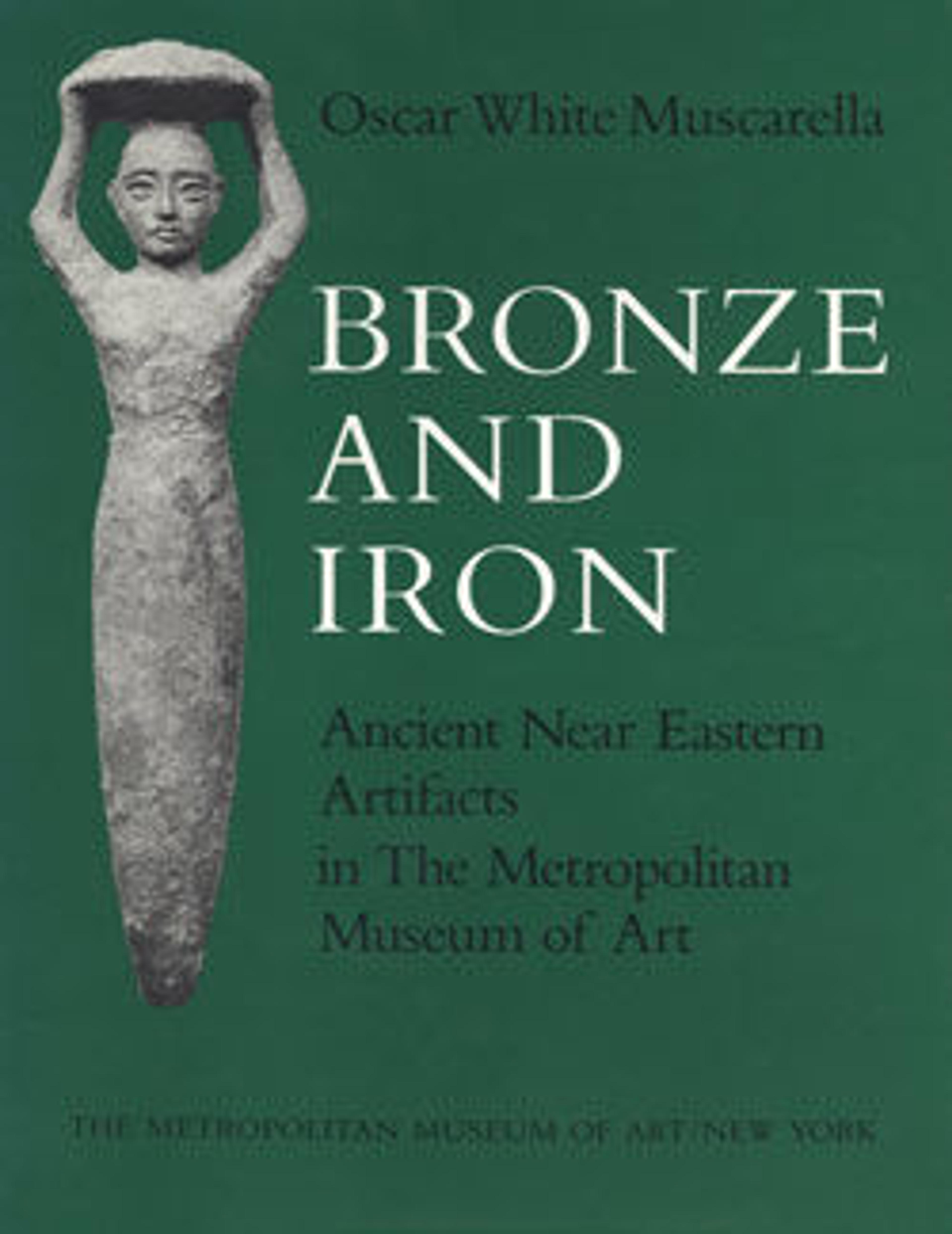Arrowhead (?)
This bronze arrowhead has a long tang and a blunt head rather than a point. It was discovered on the surface at Shahr-i Qumis in northern Iran, which has been identified as the ancient city of Hecatompylos, established by the Parthians as their capital by about 200 B.C. In Greek Hecatompylos means ‘a hundred gates,’ suggesting that the city was quite large. Indeed, the modern archaeological site includes several mounds, only a few of which have been excavated, and a vast area covered with potsherds. The Parthians were famed in antiquity as archers, and gave their name to the ‘Parthian shot,’ a tactic in which a mounted archer rides away from his enemy while firing arrows at him. This arrowhead, however, was probably not used on people but to hunt birds.
Artwork Details
- Title: Arrowhead (?)
- Period: Parthian (?)
- Date: ca. 3rd century BCE–3rd century CE
- Geography: Iran, Shahr-i Qumis (ancient Hecatompylos)
- Culture: Parthian (?)
- Medium: Bronze
- Dimensions: 0.31 x 1.38 in. (0.79 x 3.51 cm)
- Credit Line: Purchase, H. Dunscombe Colt Gift, 1969
- Object Number: 69.24.24
- Curatorial Department: Ancient West Asian Art
More Artwork
Research Resources
The Met provides unparalleled resources for research and welcomes an international community of students and scholars. The Met's Open Access API is where creators and researchers can connect to the The Met collection. Open Access data and public domain images are available for unrestricted commercial and noncommercial use without permission or fee.
To request images under copyright and other restrictions, please use this Image Request form.
Feedback
We continue to research and examine historical and cultural context for objects in The Met collection. If you have comments or questions about this object record, please contact us using the form below. The Museum looks forward to receiving your comments.
